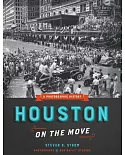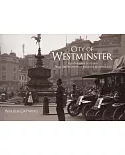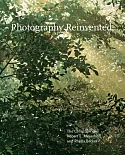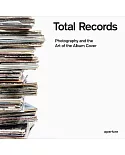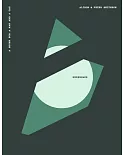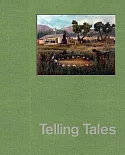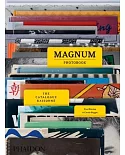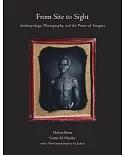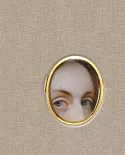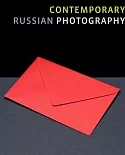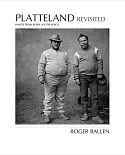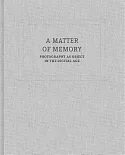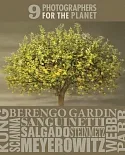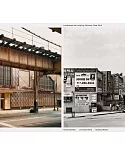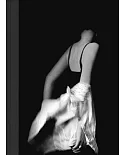Following the invention of the daguerreotype and calotype processes in 1839, views of ruins, classical statuary, and the antiquities of the Mediterranean and the Orient were among the first
images produced by pioneer photographers. The unique accuracy and immediacy of photographs fundamentally changed aesthetic and scholarly approaches to the artifacts of the past.
This groundbreaking book explores the intellectual underpinnings of the relationship between antiquity and photography in the period 1840-1880. Drawing on the extensive collections of the Getty
Museum and the Getty Research Institute, this richly illustrated volume presents an introduction to the subject, followed by a detailed discussion of the influence of photography on
archaeology, an analysis of the ways antiquity is depicted, and biographical studies of two major photographers, Joseph-Philibert Girault de Prangey and William James Stillman. Portfolios of
works by Maxime Du Camp, John B. Greene, Francis Frith, Robert Macpherson, Adolphe Braun, and others appear between the essays.


